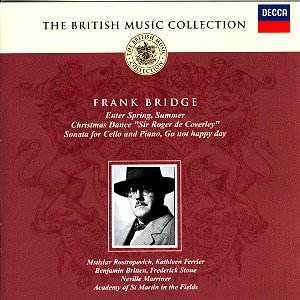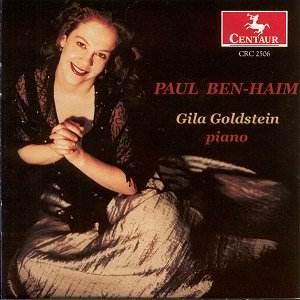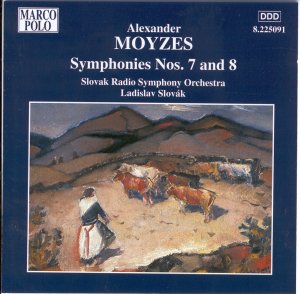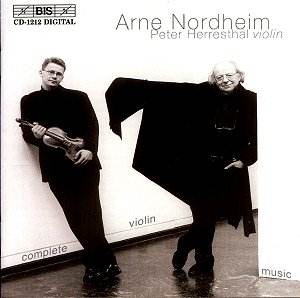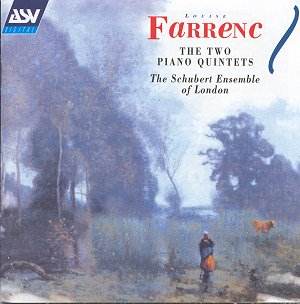 Composer: Louise Farrenc
Composer: Louise Farrenc
Works: Piano Quintets No. 1 in A minor, Op. 30; No. 2 in E, Op. 31
Performers: Schubert Ensemble of London (William Howard, piano; Simon Blendis, violin; Douglas Paterson, viola; Jane Salmon, cello; Peter Buckoke, double bass)
Recording: Potton Hall, Suffolk, February 8th-10th, 2001
Label: ASV CDDCA1122
The recent release of Louise Farrenc’s Piano Quintets by the Schubert Ensemble of London invites a renewed exploration of this remarkable 19th-century composer, whose work has often been overshadowed by her male contemporaries. Farrenc, a distinguished pupil of Antonin Reicha and a prominent figure in the Parisian music scene, composed these quintets in the late 1820s, a period ripe with innovation and the burgeoning of Romantic expression. Her ability to blend classical forms with a distinctly lyrical voice offers a refreshing alternative to the more commonly performed repertoire of the time.
The performances by the Schubert Ensemble are marked by an infectious enthusiasm that captures the essence of Farrenc’s musical language. The First Piano Quintet, with its dynamic Scherzo, showcases the ensemble’s impeccable coordination and spirited interplay, particularly evident in the buoyant Trio section, which dances with a vivacity that is utterly captivating. William Howard’s piano work is both assertive and sensitive, navigating the intricate passages with finesse while allowing the ensemble’s rich textures to shine through. The Adagio non troppo of the same quintet stands out as a pinnacle of emotional depth; here, Jane Salmon’s cello playing imbues the music with a poignant expressiveness, reflecting Farrenc’s adeptness at utilizing the capabilities of each instrument within the ensemble.
Farrenc’s Second Piano Quintet, composed in 1830, continues her exploration of thematic development and innovative structure. The opening movement’s slow introduction, marked Andante sostenuto, provides a reflective prelude to the Allegro grazioso, which bursts forth with a refreshing buoyancy. The Schubert Ensemble navigates this transition with remarkable ease, the ensemble’s clarity shining through the intricate counterpoint. The delicate Grave second movement evokes a sense of intimacy, where the conversations between the instruments are both subtle and compelling, leading into the exuberant finale that radiates joy and energy.
The engineering quality of this recording deserves particular mention; the sound is warm and well-balanced, allowing for a nuanced listening experience that avoids the dryness often associated with recordings from this label. The ensemble’s dynamic range is captured with precision, enhancing the listener’s engagement with the music.
Comparatively, while there are fewer recordings of Farrenc’s works than those of her male contemporaries, this release stands out for its interpretative vigor and technical proficiency. The Schubert Ensemble’s approach may be likened to that of other leading chamber groups, yet their unique rapport and evident passion for this repertoire offer a distinctive interpretation that feels both fresh and historically informed.
Farrenc’s Piano Quintets are not merely relics of a bygone era but are vibrant works that resonate with modern sensibilities. The Schubert Ensemble’s performance illuminates the rich textures and emotive power of these compositions, inviting listeners to appreciate the artistry of a composer who deserves her rightful place in the chamber music canon. The disc is highly recommended for those seeking to expand their understanding of chamber music and to discover the enchanting world of Louise Farrenc.
